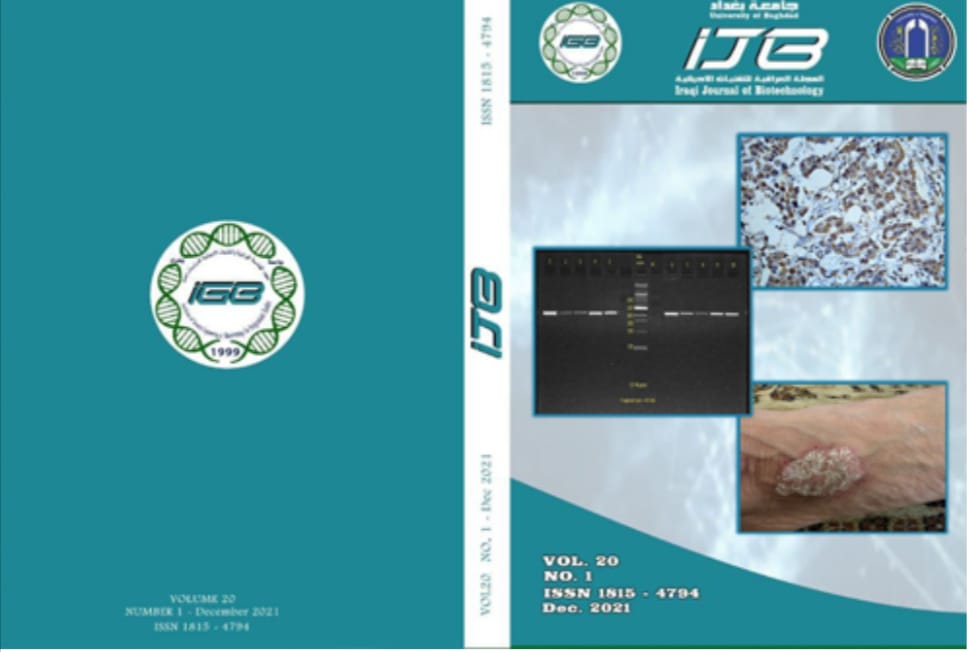Detection of ERG11 and CDR1 Genes among Fluconazole-Resistant Candida albicans Isolated from Women with Vaginitis
Abstract
Vulvovaginitis caused via Candida species is a common fungal infection among adult and pregnant femals especially with C. albicans. Fluconazole resistance has been reported more frequently by researchers from around the world. The goals of this study were to determine the prevalence of Candida albicans among suspected vaginitis women, evaluate their ability to form biofilm, and the susceptibility profiles of isolates to fluconazole, as well as the molecular detection of some fluconazole resistance genes.The study included 250 women ages 18 to 45 who were Candida attending specialist hospitals in Baghdad, Iraq. Candida spp. was identified using standard methods and biochemical tests after Vaginal smears were cultured on selective HiChrom Candida Differential agar and (SDA).Out of the 250 vaginal smears collected, 150 (60%) isolates of fungal were isolated, with 50 (33.3%) were Candida albicans and 100 (66.6%). Out of 50 Candida albicans isolates which tested by microtiter plate assay, 21(42%) isolates form a strong biofilm, while 19 (38%) isolates were the moderate producer, and only 7(14%) isolates were weak a biofilm formation. The identification of the Candida spp. by PCR confirmed the primary identification, using the primers from 18S rRNA gene, the PCR assays exhibited the detection of fluconazole resistance genes (CaERG11, and CaCDR1), where these genes were found in all flucanazole resistant isolates with strong biofilm formation ability. It was concluded that high prevalence of Candida isolates with high antifungal resistance among Iraqi females patients with Vulvovaginitis indicates the importance of regular screening and routine examination for candidiasis in Iraqi hospital.


